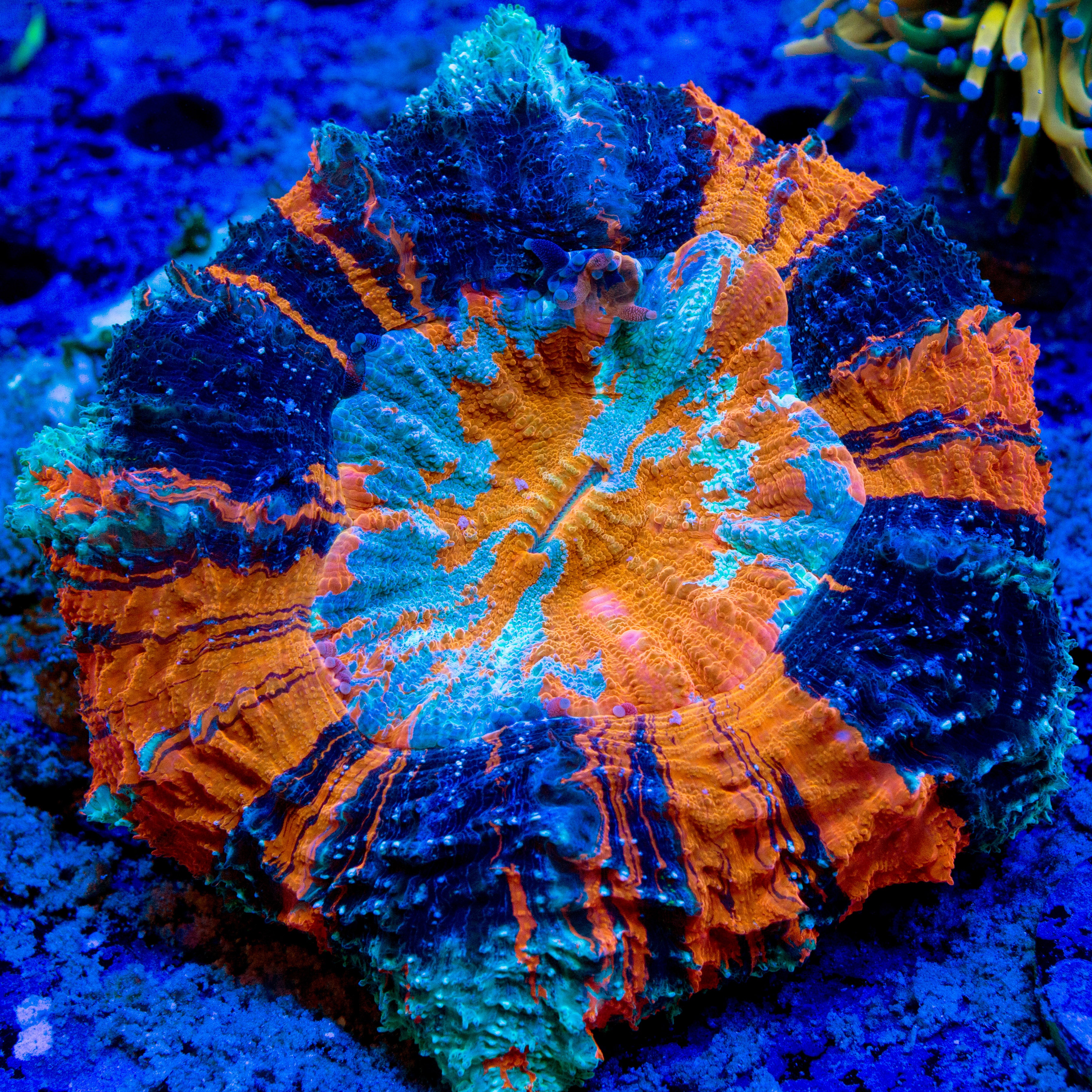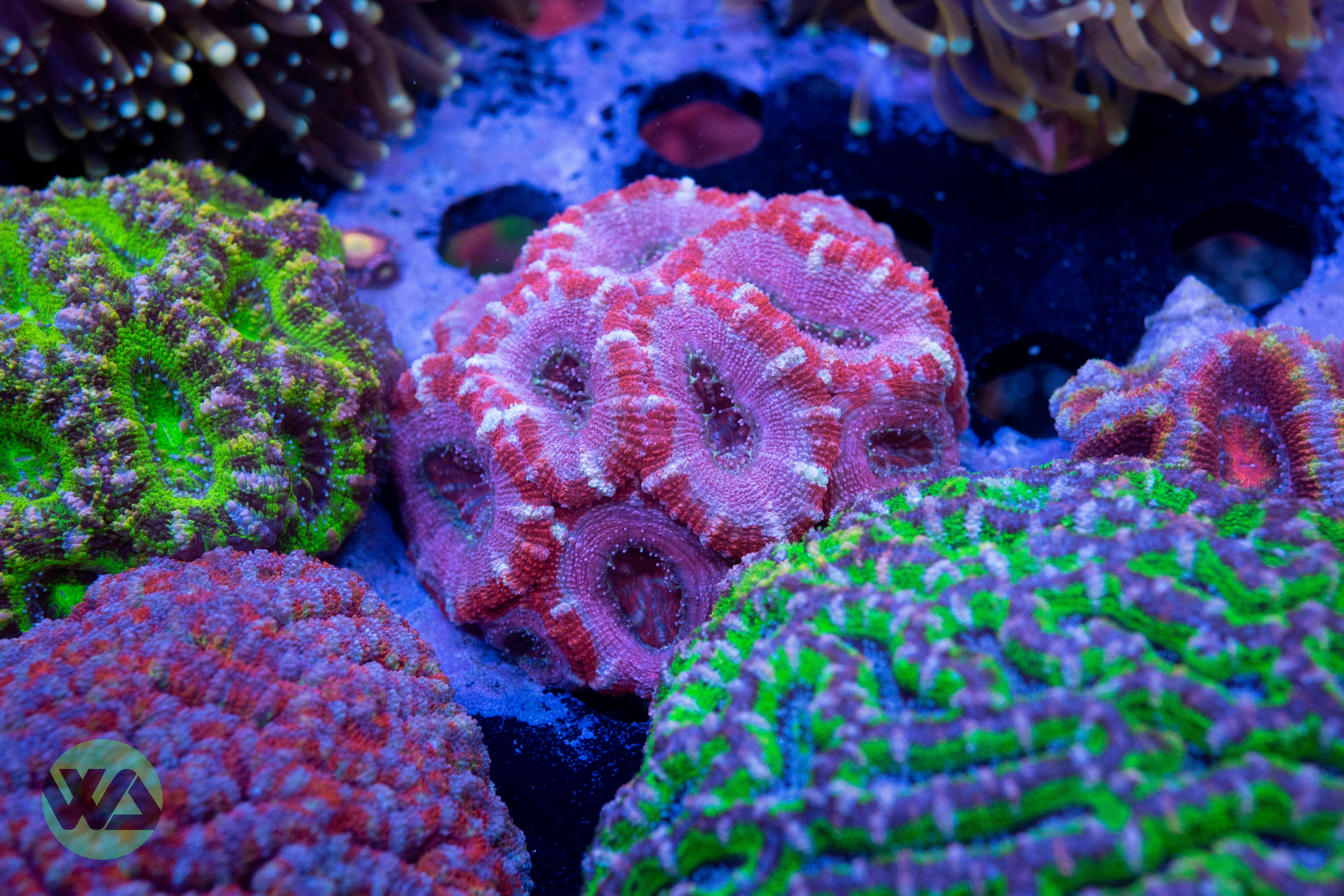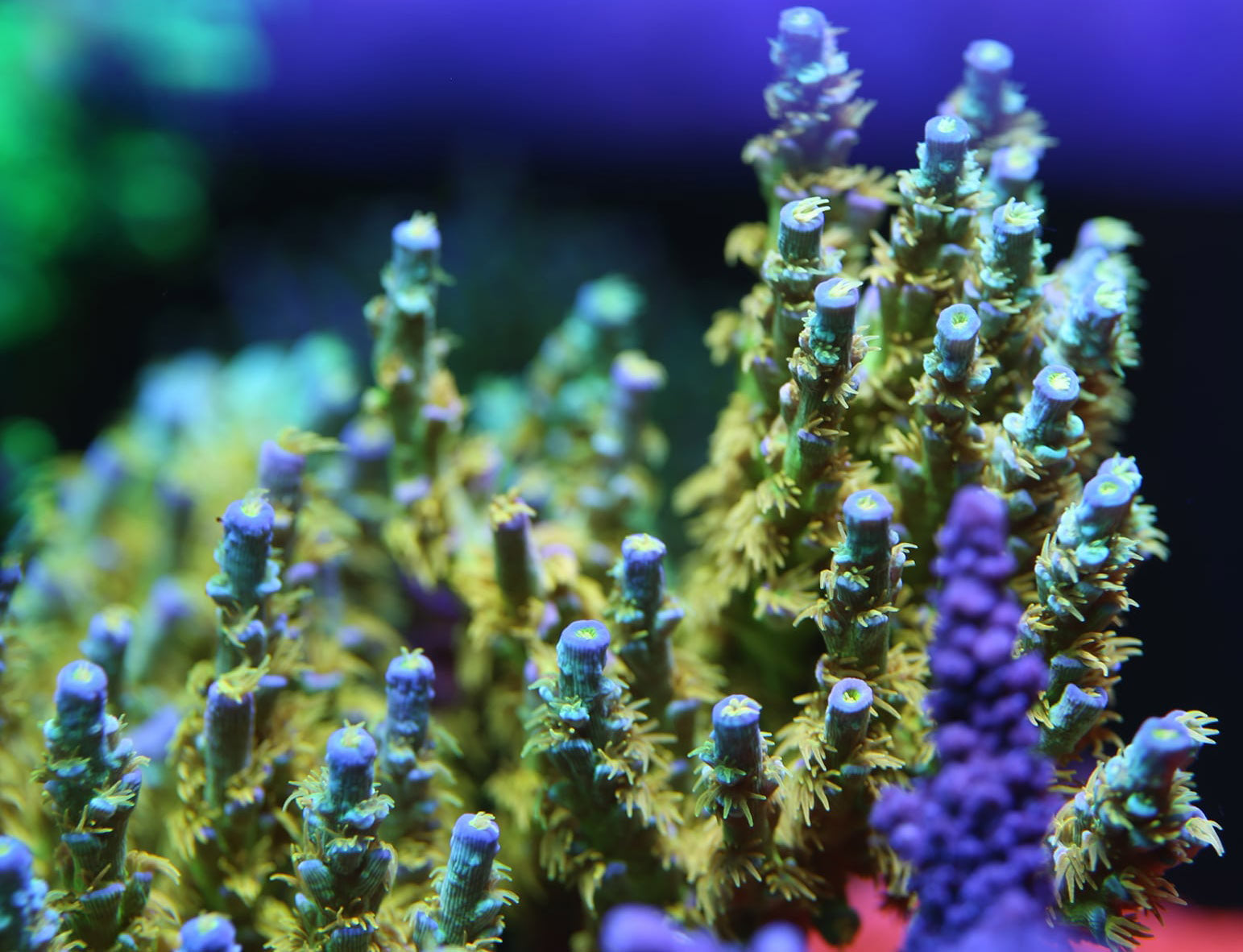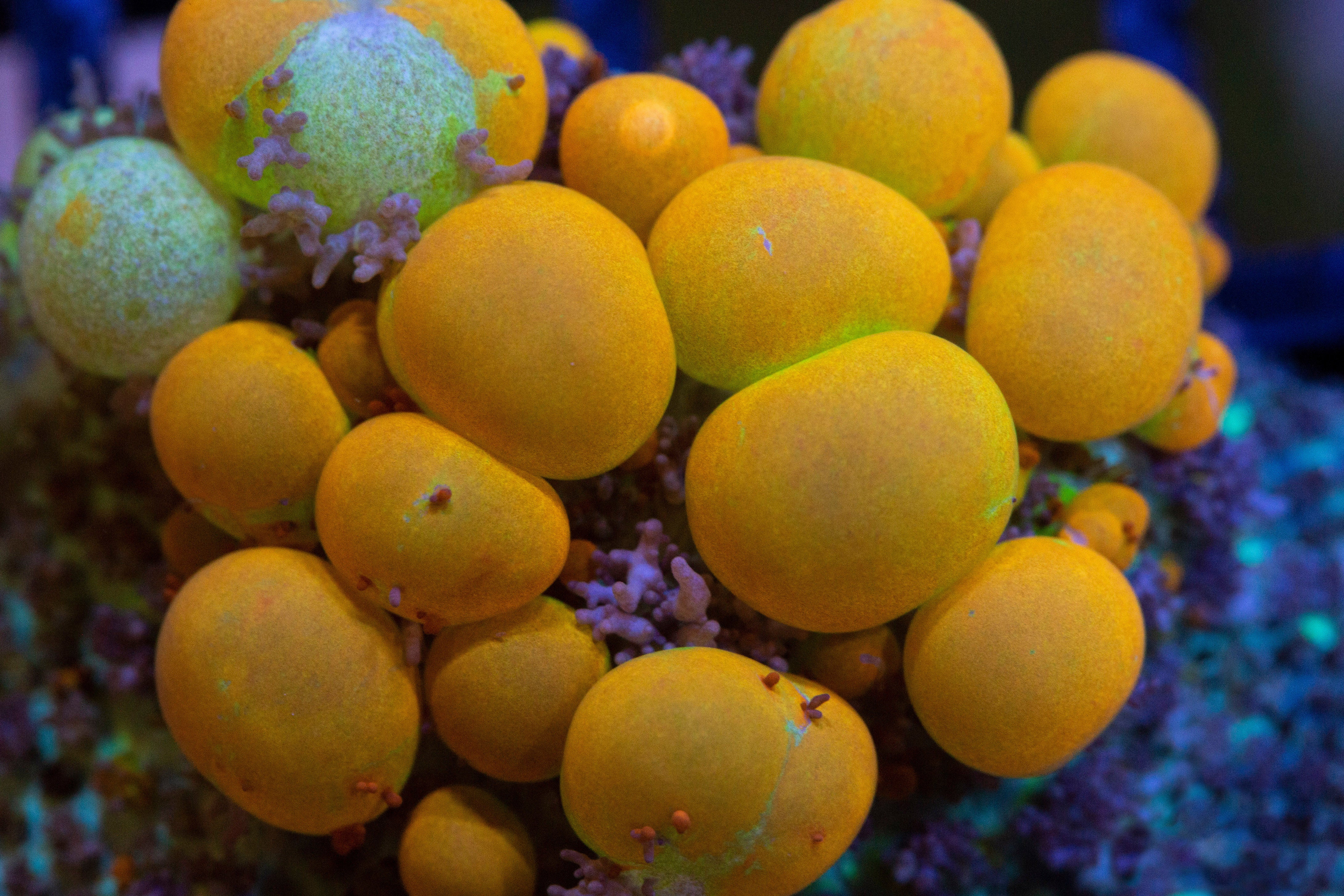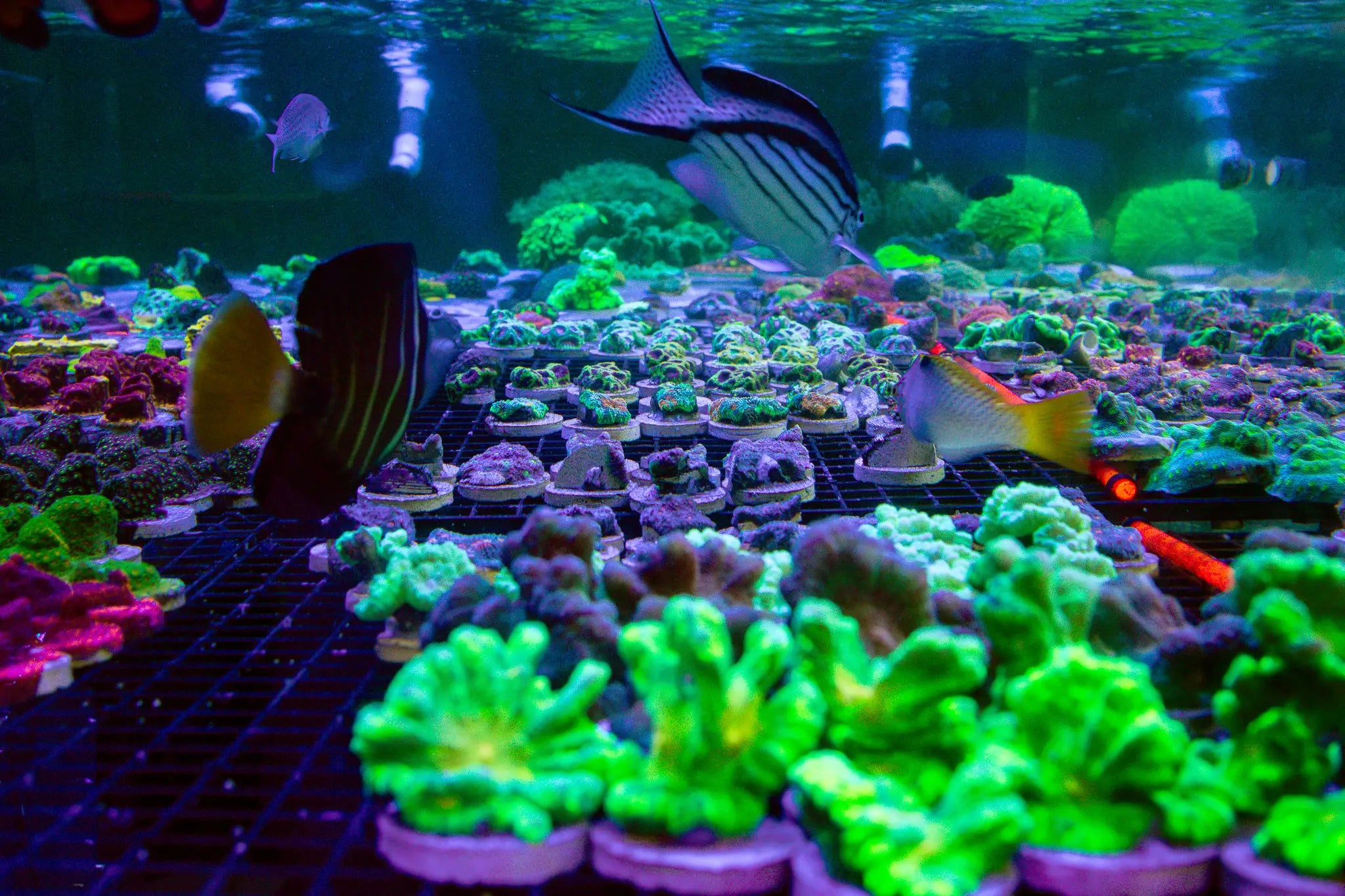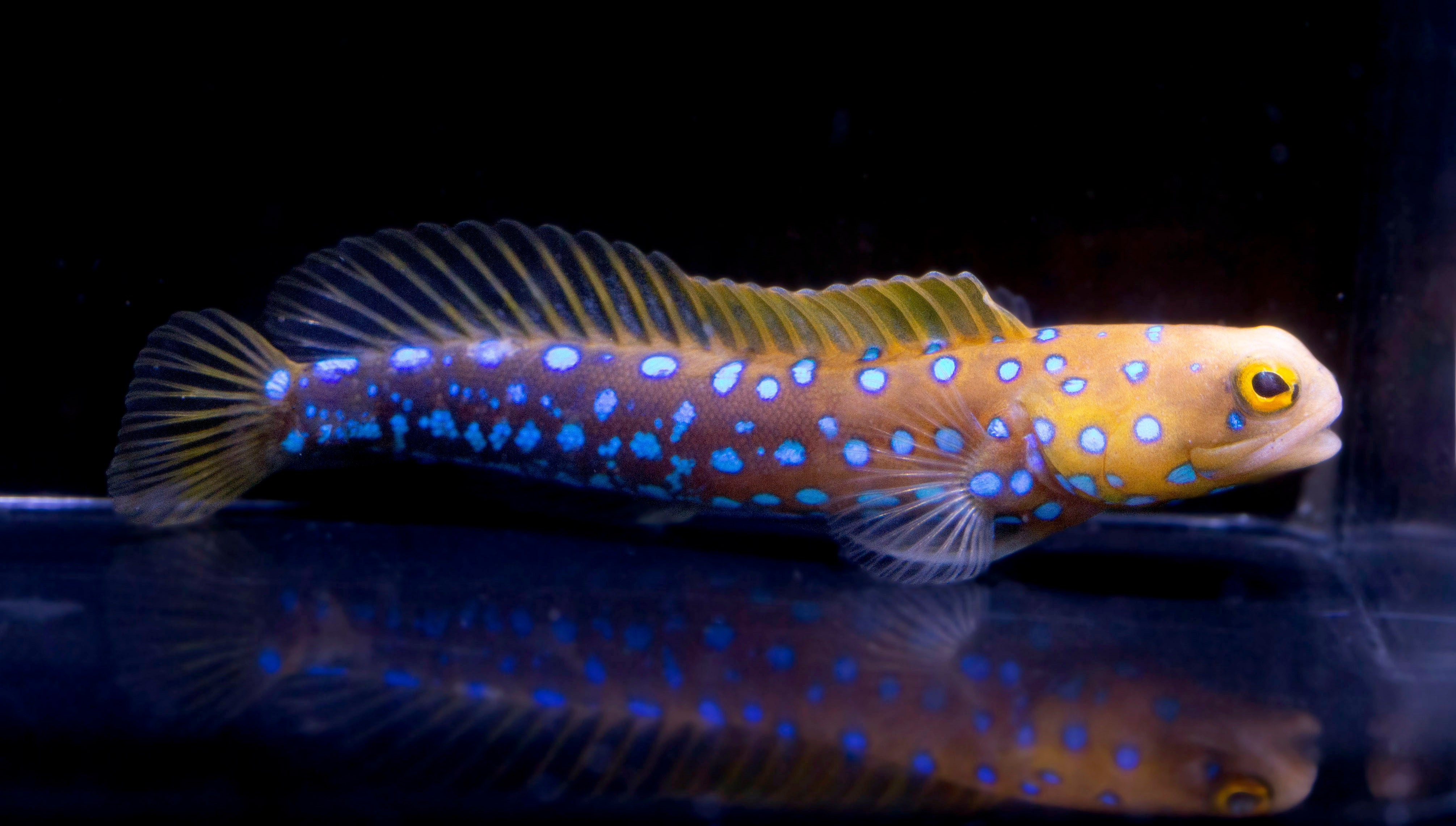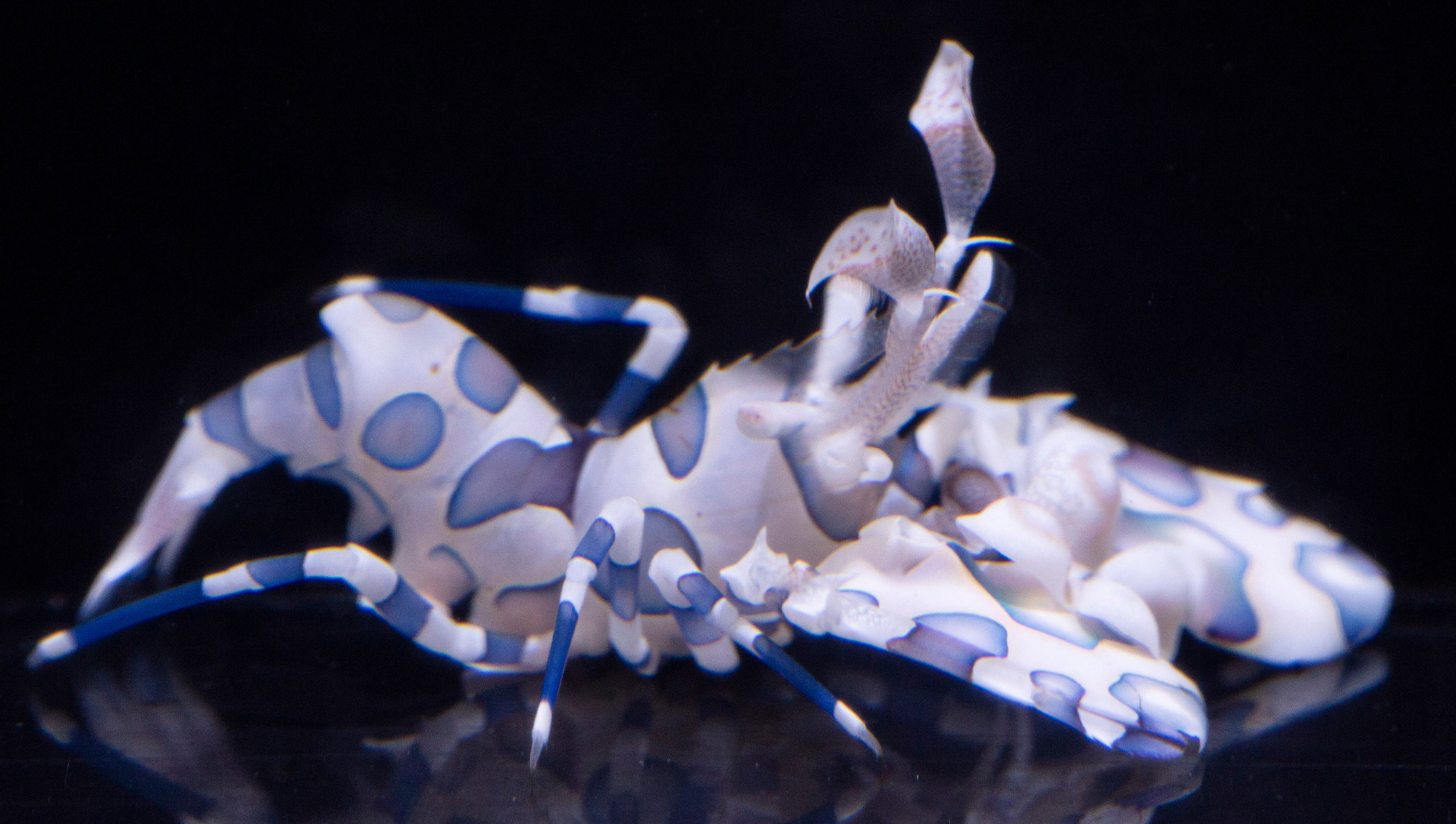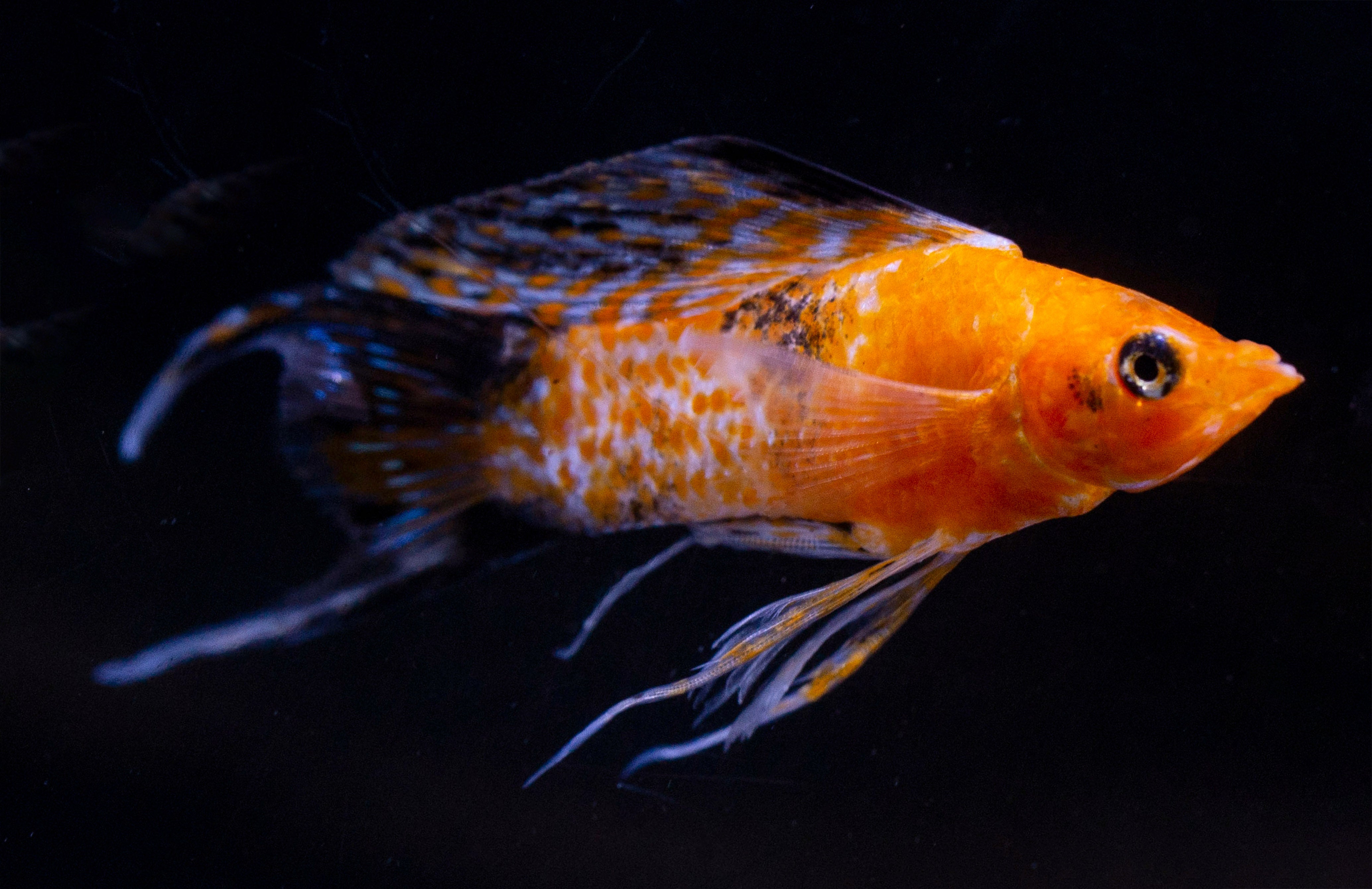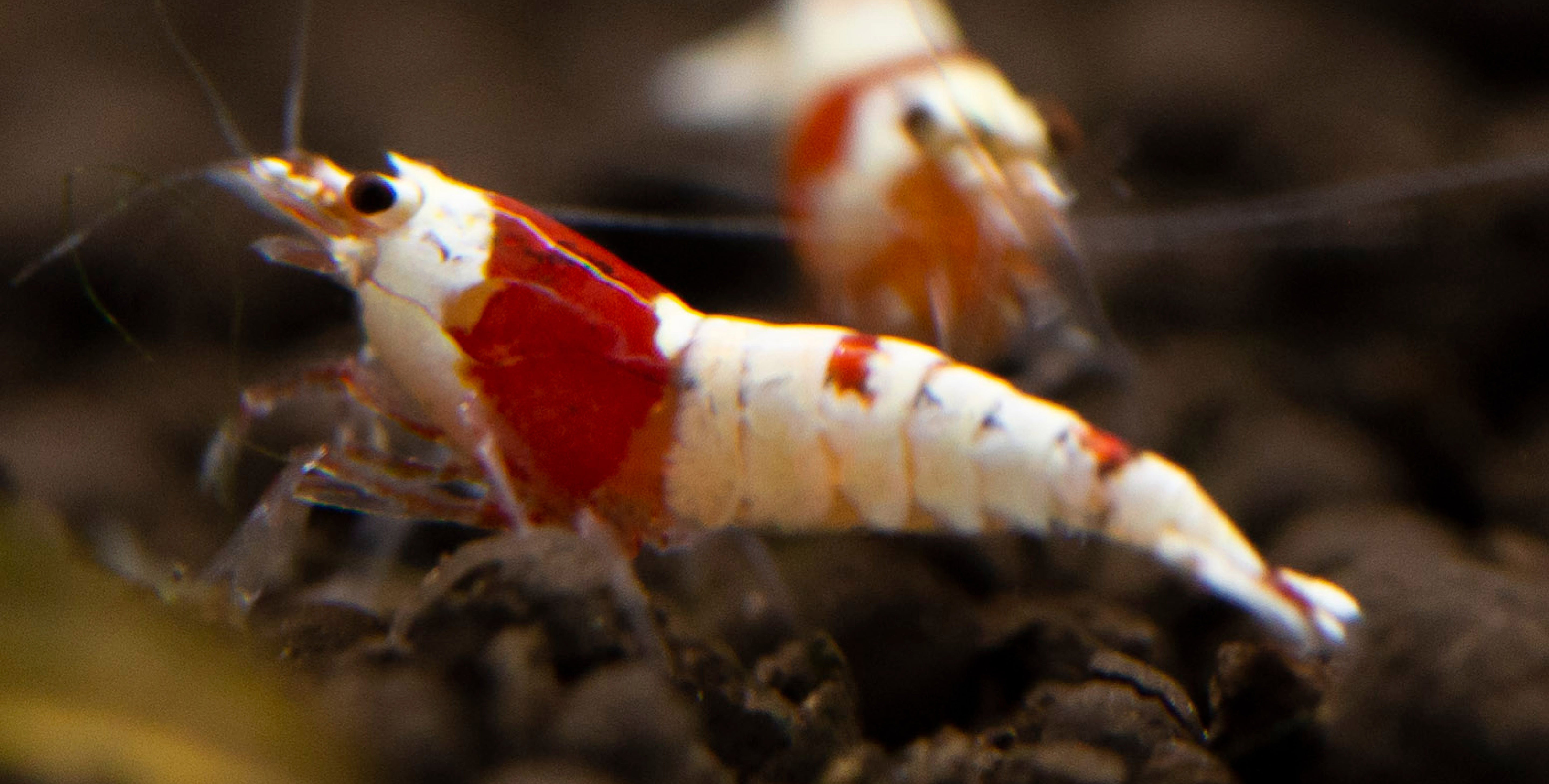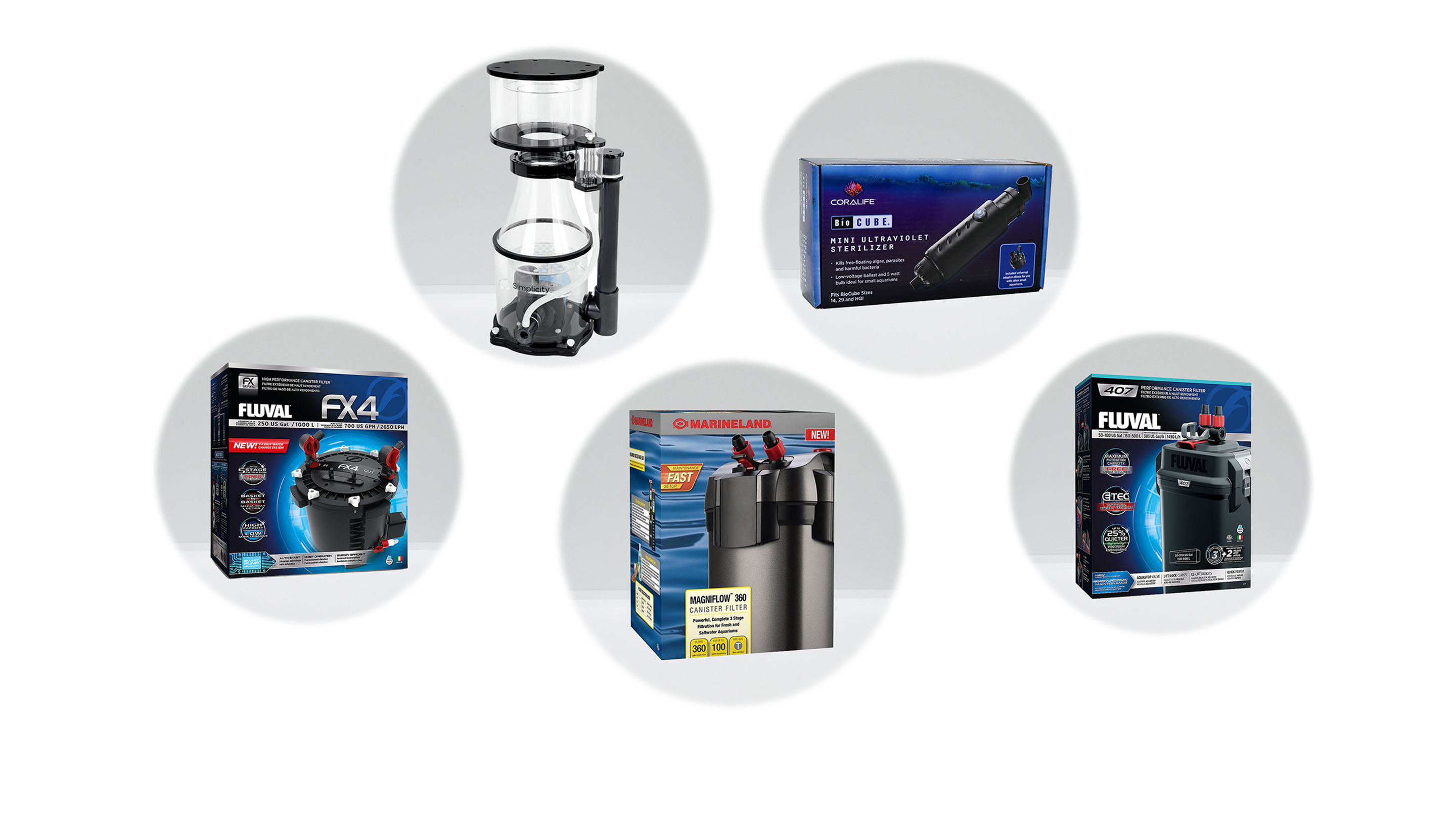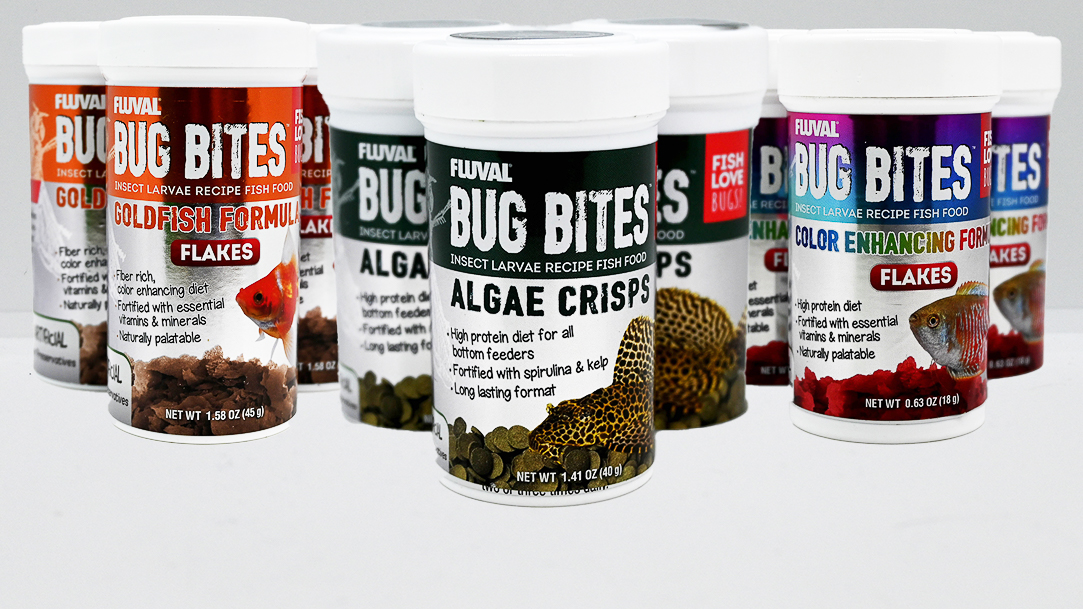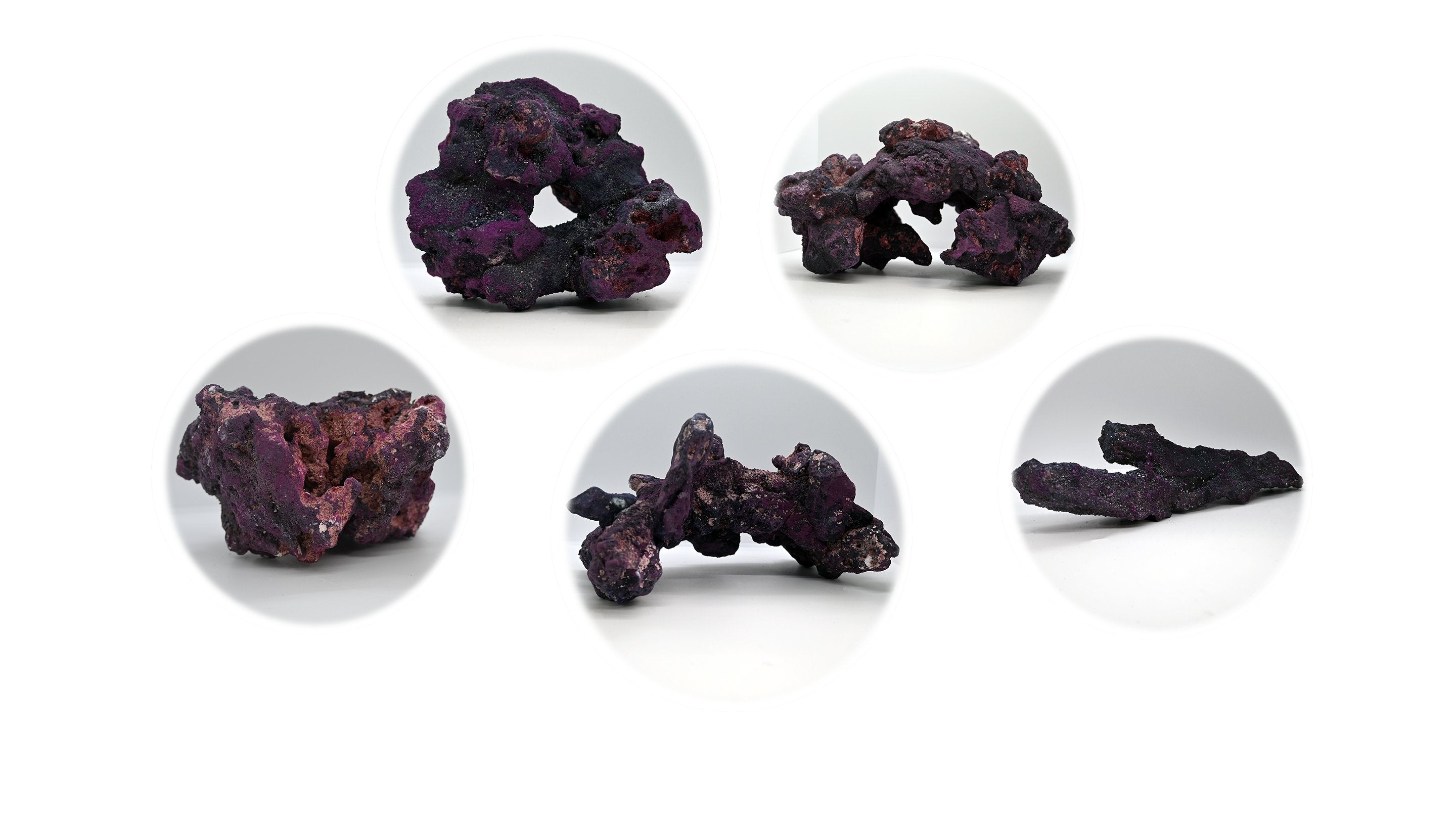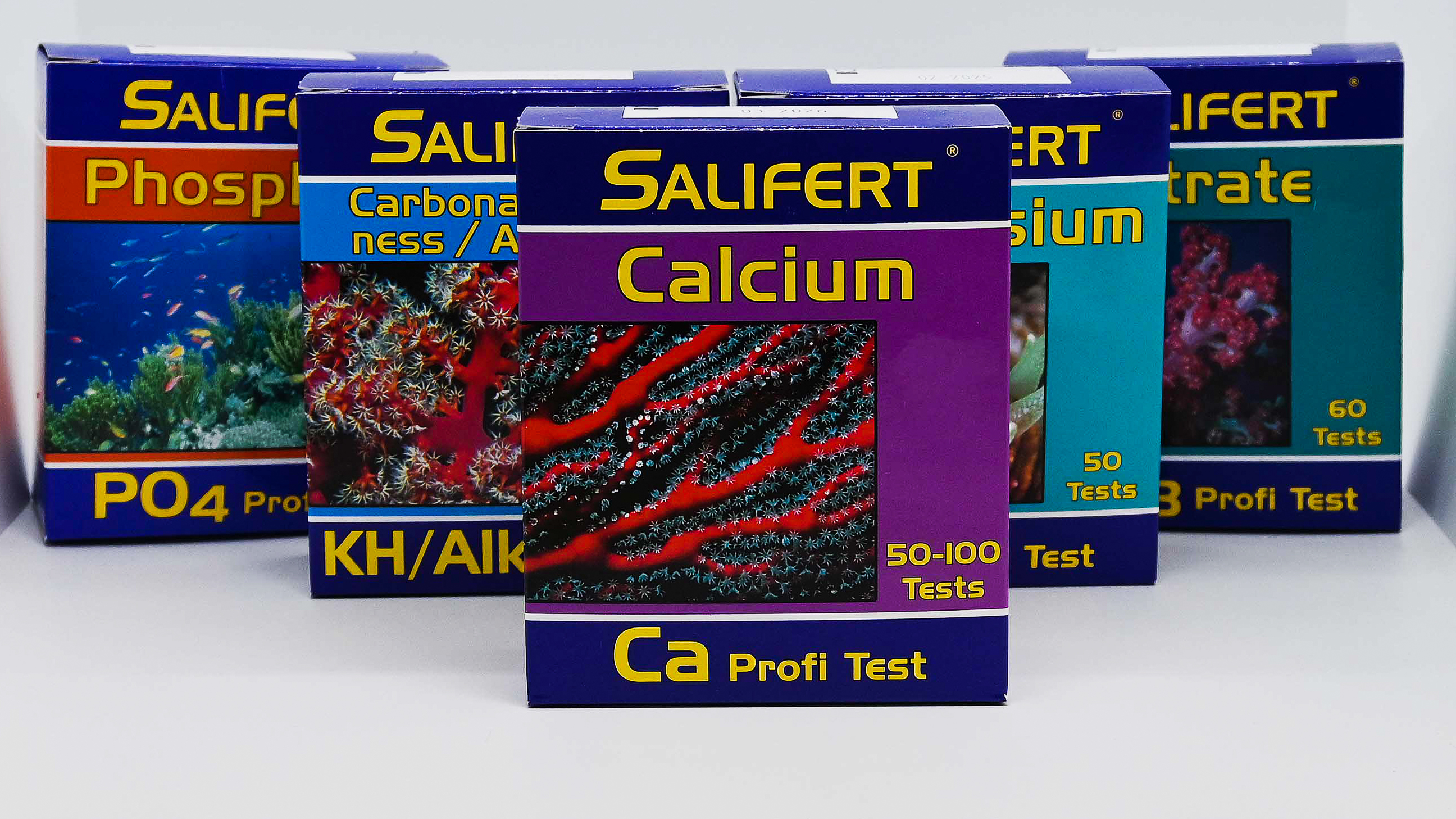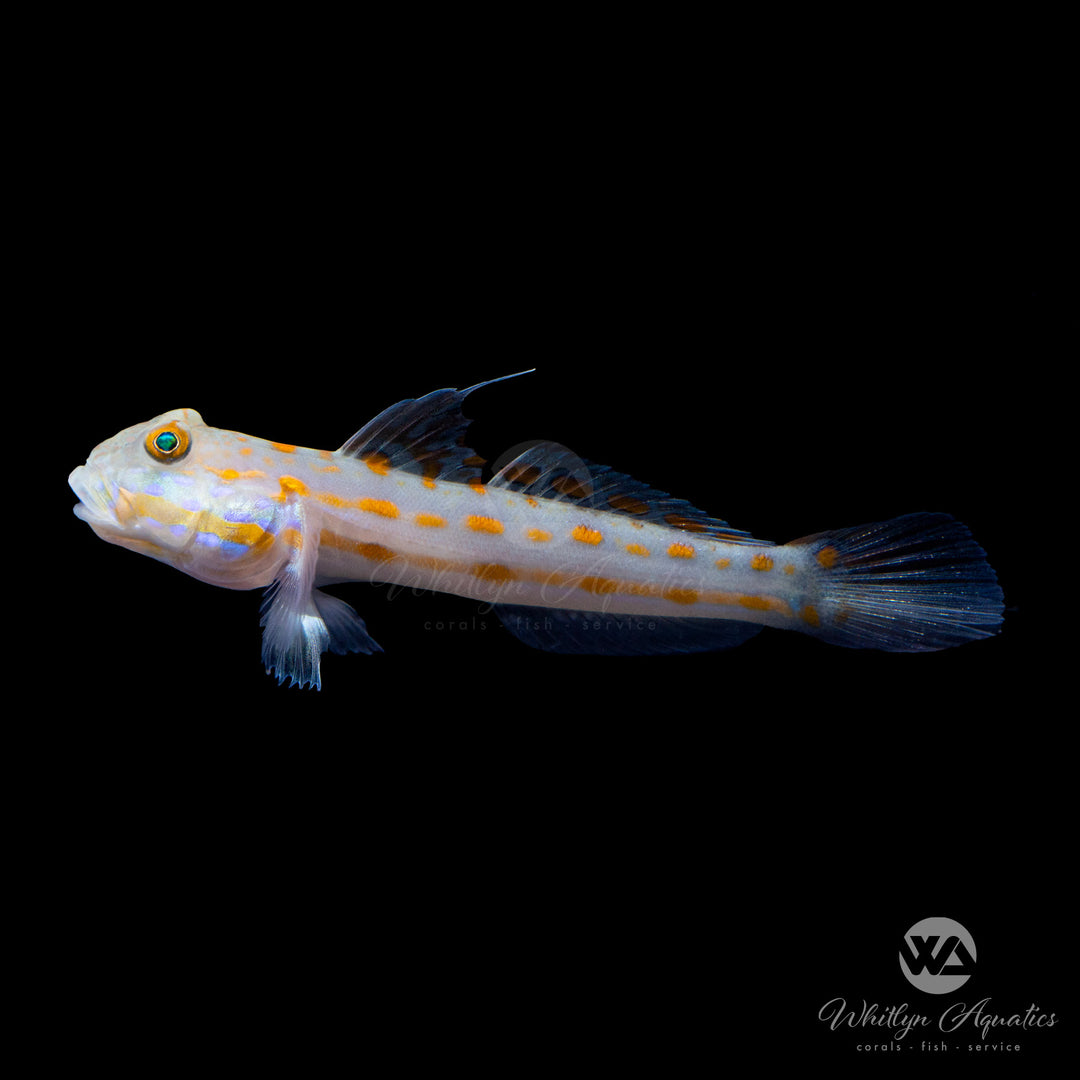
Diamond Goby - Valenciennea puellaris
- In stock, ready to ship
- Backordered, shipping soon
The Diamond Goby is a popular and fascinating species in the saltwater aquarium hobby, known for its unique behavior and striking appearance. With its bright coloration and playful personality, this goby is often sought after by both beginner and experienced aquarists.
Description:
• Common Name: Diamond Goby
• Scientific Name: Valenciennea puellaris
• Family: Gobiidae
• Size: Up to 5 inches (12 cm)
• Coloration: The body is primarily translucent with a yellowish tint, and it features characteristic blue spots or diamonds, giving it its “diamond” name. Its fins are often edged with a striking blue or yellow hue, adding to its beauty.
Native Region:
The Diamond Goby is native to the Indo-Pacific region, including areas such as the Philippines, Indonesia, and the Great Barrier Reef in Australia. It is typically found in sandy or muddy substrates of shallow waters and lagoons.
Aquarium Setup:
• Tank Size: Minimum 30 gallons for a single specimen. Larger tanks are recommended, especially if you plan to keep more than one or other bottom-dwelling species.
• Substrate: Fine, sandy substrate is essential for this species as they spend much of their time burrowing and sifting through the sand to find food.
• Rockwork: Provide ample rock structures and caves for hiding and creating a sense of security, although the Diamond Goby primarily uses the sandbed.
• Swimming Space: While this species is primarily a bottom-dweller, it still benefits from having plenty of swimming space in the mid-water levels.
Water Parameters:
• Temperature: 72-78°F (22-26°C)
• pH: 8.1-8.4
• Salinity: 1.023-1.025 specific gravity
• Hardness: 8-12 dKH
Care Level:
• Difficulty: Easy to moderate. The Diamond Goby is a hardy fish that adapts well to stable water conditions. However, they do best in established aquariums with plenty of live rock and substrate for burrowing.
• Diet: Omnivorous. The Diamond Goby feeds primarily on microfauna and detritus, which it filters from the sand. In the aquarium, it will accept a variety of foods, including high-quality pellets, flakes, and frozen foods such as mysis shrimp and brine shrimp. It may also sift through the sand to find natural foods.
• Behavior: Generally peaceful and somewhat shy, although it may be active and engaging when foraging through the substrate. It is an excellent sand-sifter, helping to maintain a clean substrate in the aquarium by consuming detritus and small organisms.
Reef Compatibility:
• Reef-Safe: Yes, the Diamond Goby is reef-safe and does not pose a threat to corals or other invertebrates. However, it may occasionally disturb sandbed-based organisms as it sifts through the substrate.
Tank Mates:
• Suitable Companions: Peaceful community fish, such as clownfish, wrasses, blennies, and other gobies, are excellent tankmates. It is also compatible with other peaceful reef creatures like shrimps and snails.
• Avoid: Larger or aggressive fish, especially those that may compete for food, should be avoided. The Diamond Goby can sometimes be intimidated by more territorial species.
Additional Tips:
• Substrate: Ensure a fine, sandy substrate, as the Diamond Goby spends a considerable amount of time sifting through it in search of food.
• Feeding Routine: While the Diamond Goby is capable of finding natural food in the sand, supplementing its diet with high-quality foods like mysis shrimp, brine shrimp, and finely crushed pellets will ensure it gets all the necessary nutrients.
• Burrowing Behavior: Be mindful that the Diamond Goby will burrow and may create small holes in the substrate. It is important to ensure that there are no rocks or heavy decorations near the substrate that could fall if the goby moves too much sand.


